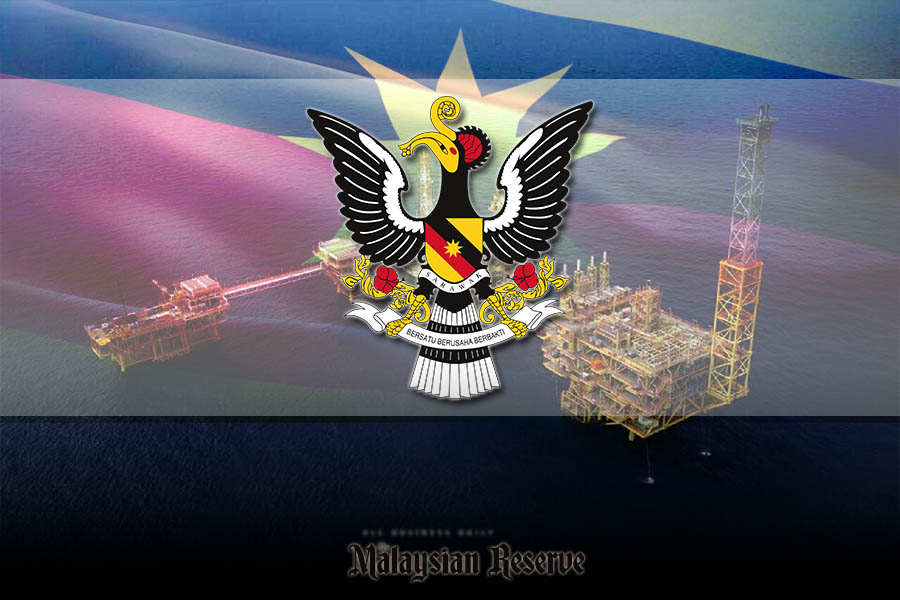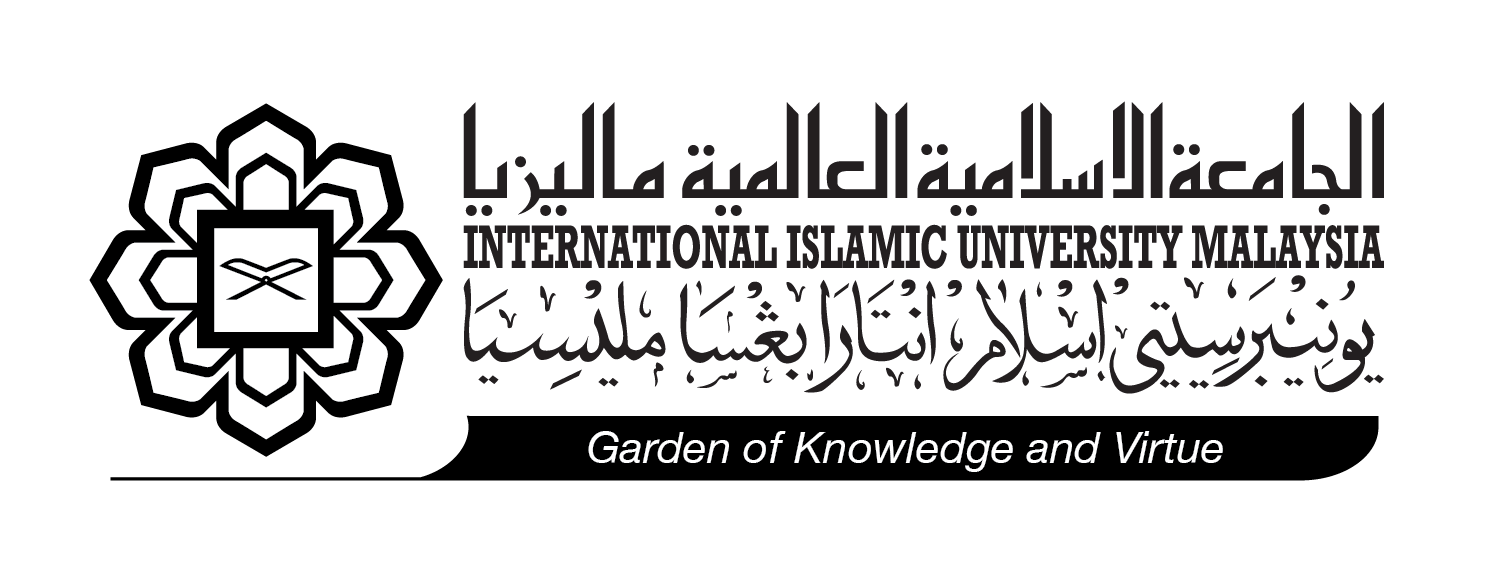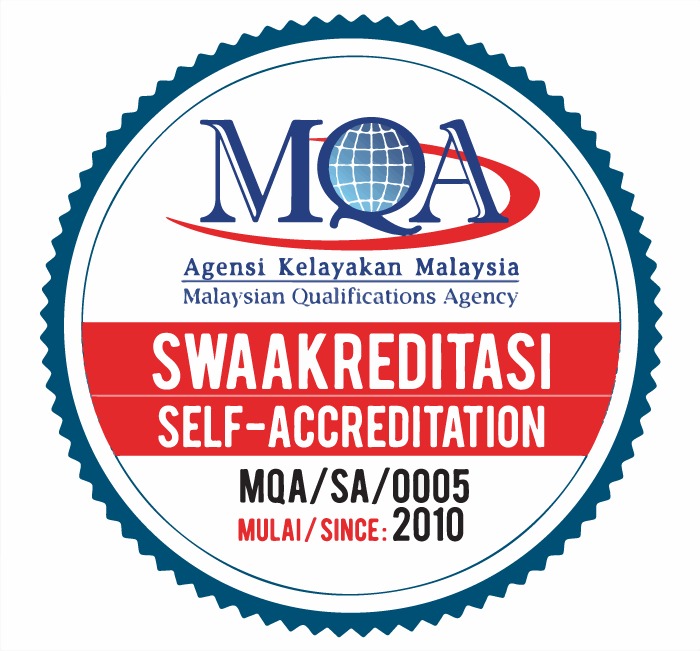Berita

Uncertainties continue to cloud Sarawak’s O&G industry
Tarikh : 26 July 2018
Dilaporkan Oleh : dsh
Kategori : News
Tweet This

The state’s OMO is an applicable law under the Constitution, unless it is proven inconsistent with federal law
By MARK RAO / Graphic By TMR
Ownership of Sarawak’s oil and gas (O&G) resources remains contentious despite the passing of amendments to the state’s Oil Mining Ordinance 1958 (OMO) due to federal by-laws.
International Islamic University Malaysia (IIUM) assistant professor and deputy legal advisor Dr Wan Mohd Zulhafiz Wan Zahari said the OMO is an applicable law under Article 162 of the Federal Constitution, unless it is proven inconsistent with federal law.
Under such a circumstance, the federal law shall prevail and the state law shall be void to the extent of its inconsistency, according to Article 75 of the Federal Constitution.
“If you refer to the ninth schedule of the Constitution, it basically says that the state government has the right to issue permits and licences, but that all development work (for upstream O&G works) must be issued by the federal government.
“In this case, the federal government conferred its power to the Petroleum Development Act 1974 (PDA), which is basically Petroliam Nasional Bhd (Petronas),” Wan Mohd Zulhafiz told The Malaysian Reserve.
Amendments to the OMO were passed in the Sarawak State Legislative Assembly on July 10 to consolidate the state’s regulatory control over its upstream O&G activities.
Under the OMO, Sarawak will be the licensor for all O&G development works via its state vehicle, Petroleum Sarawak Bhd or Petros.
The move to grant oil-producing states, including Sarawak, a 20% royalty for the exploitation of their petroleum resources is also aimed at allowing the respective states to fund more of their own development activities.
Wan Mohd Zulhafiz said the amendments to the OMO could be geared at expanding Sarawak’s reach to development work and downstream activities as opposed to just a licensing authority.
However, he said the amendments might be limited by provisions in the Federal Constitution which vests development rights on the federal government, which in turn deferred this authority to Petronas via the PDA.
The national energy company earlier sought a Federal Court declaration of the PDA as the applicable and governing law for Malaysia’s upstream O&G industry, both onshore and offshore.
The country’s highest court dismissed the company’s leave of application, which sought to try the case at the federal level, citing that the declaratory sought is within the jurisdiction of the High Court.
“Upon hearing of the submissions by both parties, the court found that the case is a tribal issue — there is a dispute but it is not the federal court to decide on the merit of the case,” IIUM’s Wan Mohd Zulhafiz said.
Petronas can still contest the implementation of the OMO and uphold the PDA as the applicable law in the country by taking the matter to the High Court.
The company can also refer to Malaysia’s Territorial Sea Act 2012 in regard to offshore versus onshore jurisdiction.
“The Territorial Sea Act mentions that anything at the sea or offshore belongs to the federal government. Offshore activities come under this Act rather than under the definition of land,” Wan Mohd Zulhafiz said.
If the law is interpreted as such, Petronas’ offshore projects in Sarawak will not come under the purview of the OMO, he added.
Among the company’s bigger upstream projects are the floating liquified natural gas (FLNG) facility located off the shore of Sarawak.
The facility commenced operations in 2016 and has an anticipated production capacity of 1.2 million tonnes of LNG per annum.
Sarawak is the main producer of natural gas and LNG exporter in Malaysia, having shipped 27 million metric tonnes of LNG worth RM41.1 billion last year.
While the High Court is seemingly Petronas’ last legal avenue to uphold the PDA in Sarawak, Wan Mohd Zulhafiz said both parties can settle amicably outside of court.
The decision to pay oil-producing states a 20% royalty of the value extracted could be the basis for an out-of-court agreement.
As it stands today, O&G companies and exploration and development players have until end-2019 to abide with the OMO.








